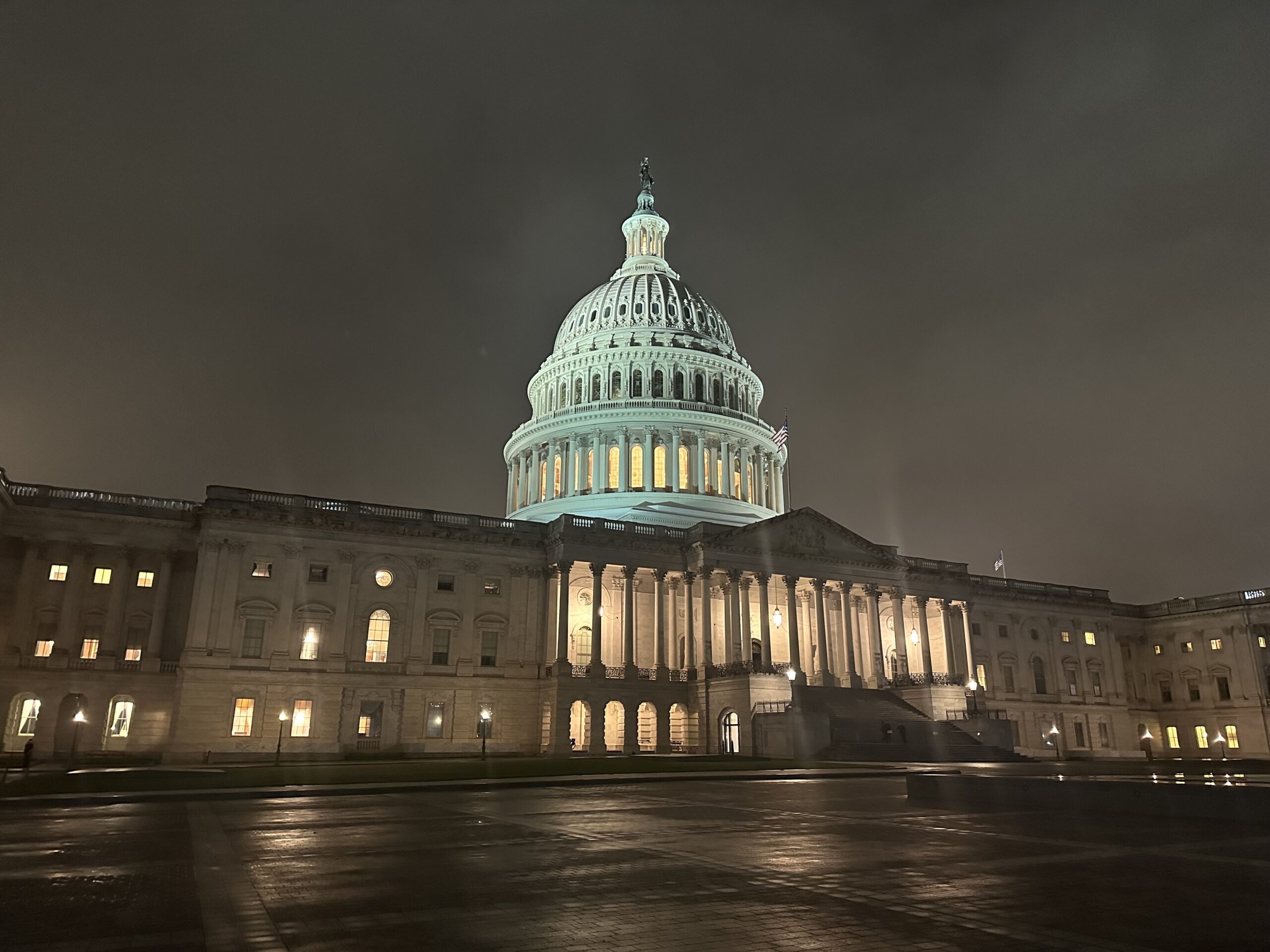
WASHINGTON — The Uranium Processing Facility at the Y-12 National Security Complex would benefit from a continuing resolution, the site’s prime said, while plutonium pits could suffer under a short term budget extension, a spokesperson at the Department of…